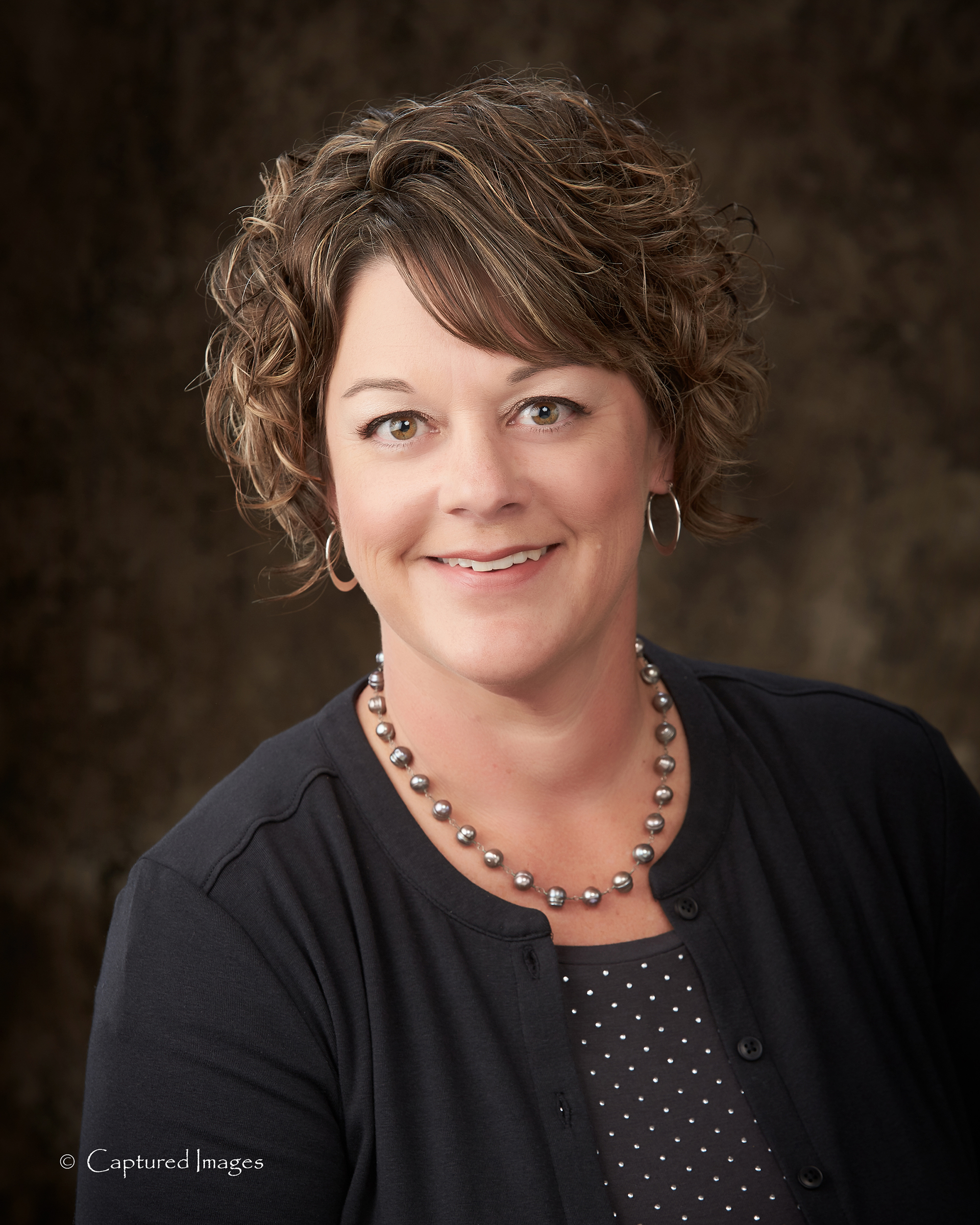
District Extension Agent, Horticulture
Southwind Extension District
111 S. Butler
Erie, KS 66733
Office: 620-244-3826
Cell: 620-496-8786
The change from summer to fall – I always look forward to it. However, the drought conditions this fall doesn’t have me very excited. I typically enjoy decorating with some mums and pumpkins, but I’m dragging my feet on it this year because I dread the thought of keeping the mums watered. We need rain so bad! But, fall does bring the time to do some tidying up around the home, storing summer bulbs, and yes – making plans for a better growing season next year.
Don’t forget to dig your summer flowering bulbs and store those that will not survive Kansas winters. Bulbs such as gladiolus, caladium, dahlia, tuberous begonia, calla lily, and canna lily need to be dug and stored so they can be planted next year.
All of these plants should be dug after frost has browned the foliage. They should be allowed to dry for about a week in a shady, well-ventilated site such as a garage or tool shed. Any excess soil should be removed. The bulbs should be packed away in peat moss or perlite. When packing, make sure the bulbs don’t touch each other. That way if one decays, the rot won’t spread onto neighboring bulbs. Dusting the bulbs with fungicide before storing will help prevent them from rotting.
Caladium should be stored between 50 and 60 degrees F. The rest of the bulbs mentioned should be stored near 40 degrees. Finding a good storage spot may be tricky. A basement wall away from a furnace is often a good location.
As for spring flowering bulbs (tulips, daffodils, hyacinths, allium) fall is the time to establish into the landscape. Planting this fall may be a bit tricky with the extremely dry soil. If we can catch some decent rainfall, consider planting right after that.
It is also time to fertilize spring-flowering bulbs. With an established bulb bed that has been fertilized in the past, there is probably plenty of phosphorus and potassium present in the soil to grow the plants next spring. If you’re not sure, take a soil test. A complete fertilizer such as 10-10-10 or 9-9-6 at the rate of 2.5 pounds per 100 square feet should be used if the soil needs phosphorus and potassium. This would also equal 1 rounded teaspoon per square foot.
While you’re out and about in your yard this fall fertilizing bulbs, you may want to take the time to clean up the iris beds as well. Iris are known for a couple of very common problems: a fungus known as iris leaf spot and an insect named iris borer.
Though both cause problems in the spring, now is the time to start control measurers. Both the fungus and eggs of the borer overwinter on old, dead leaves. Removing iris leaves and other landscape debris from the iris bed this fall will significantly reduce problems next spring.
On a side not away from flowers, thinking ahead to October – it is a good time to plant garlic if you want large cloves next summer. The soil should be fertilized before planting with three pounds of a 10-10-10 fertilizer, per 100 square feet, and mixed into the soil. Cloves should be planted point up and spaced three inches apart and one to two inches deep. The larger the clove planted, the larger the bulb for harvesting next summer. Once planted, water in well and mulch with straw to conserve soil warmth and encourage good establishment. The garlic will be ready for harvest next summer when most of the foliage has browned.
Krista Harding is a K-State Research and Extension Horticulture agent assigned to Southwind District. She may be reached at [email protected] or 620-244-3826.
K-State Research and Extension is an equal opportunity provider and employer.
